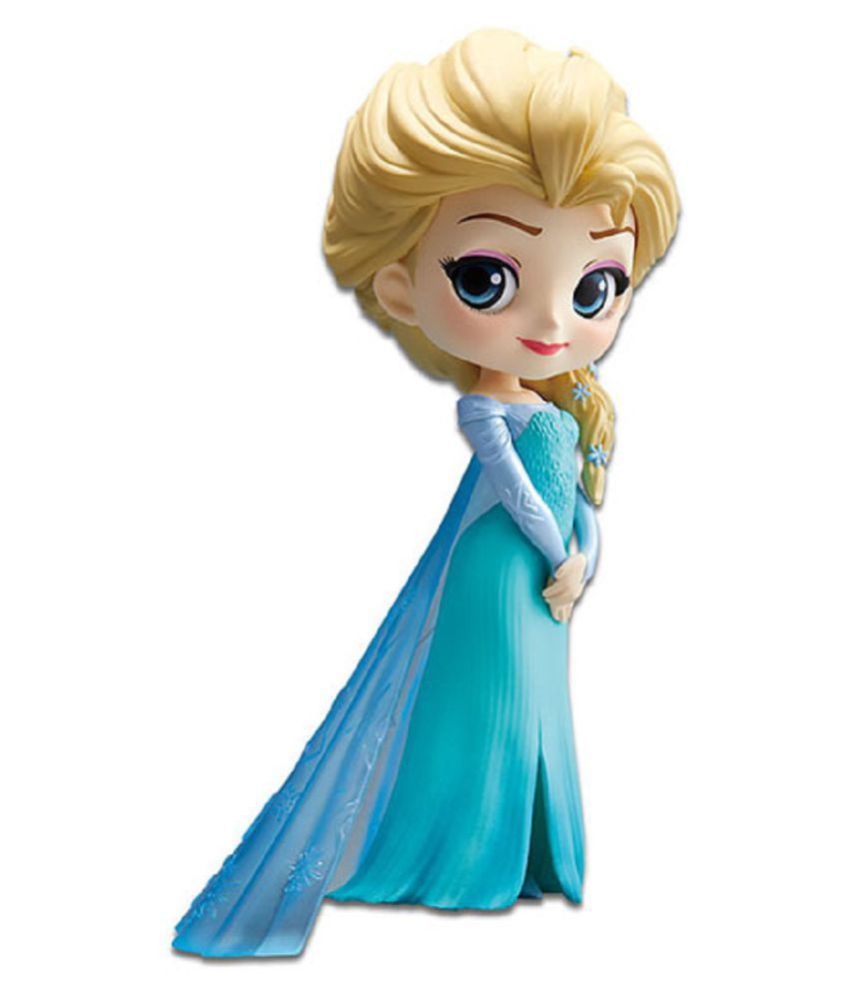

Temperature and humidity indexes prepossessing biomes' placement since Minecraft 1.18. If a biome with a temperature above 0.95 is edited to allow precipitation through a data pack or mod, it simply behaves like a normal rainy biome.Ī warm ocean biome with a coral reef visible.īiomes are split into 5 categories based on their temperature: snowy, cold, temperate/lush, dry/warm and neutral. For example, savannas do not experience rain or snow due to their dryness. All the biomes in vanilla with a temperature above 0.95 (and by extent, all the dry biomes) are hardcoded to never have precipitation at any height or temperature. For example, windswept hills begin to generate snow at around y=120, due to their highland climate, as their temperature value is 0.2, the temperature affects only the transition from rain to snowfall. These values can be used to determine the heights that snow generates at in different biomes. In Java Edition most biomes have a default water color with the exception of swamps and oceans while in Bedrock Edition most biomes have unique water colors.Ī river running through an old-growth pine taiga. The water color is affected by biome coloration but it's not based on temperature and instead is set by a color code, and the water color of each biomes varies between versions. Blocks such as mossy cobblestone, mossy stone bricks, moss, dripleaves, glow berries and the stems of flowers are not affected by biome coloration. The temperature and downfall values of a biome are used when determining the colors of a small selection of blocks: grass, grass blocks, some leaves, vines, sugar cane. units ( 1⁄ 600) per meter of altitude above y=94, but does not change below that level. The required temperature values for snow and rain are less than 0.15 for snow and above 0.15 for rain.

Biomes have a temperature value that determines if the water freezes, and if it precipitates as snowfall or rain.


 0 kommentar(er)
0 kommentar(er)
